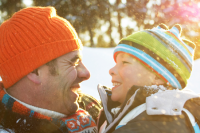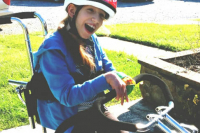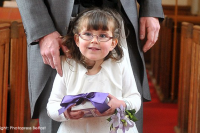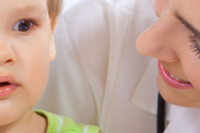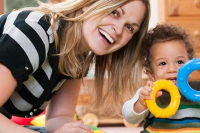5 Great Cerebral Palsy Facebook Pages
Posted: January 14, 2015
When it comes to Cerebral Palsy, there is a lot of information and resources available for families. However, the problem lies in knowing which sites are worth exploring and which are not. The depth of the Internet makes a lot of content available, but also makes finding quality websites, or even effective Cerebral Palsy Facebook Pages, difficult.



